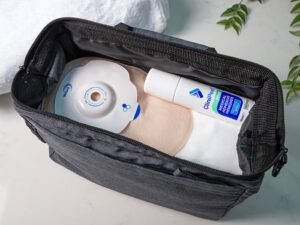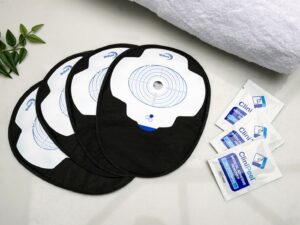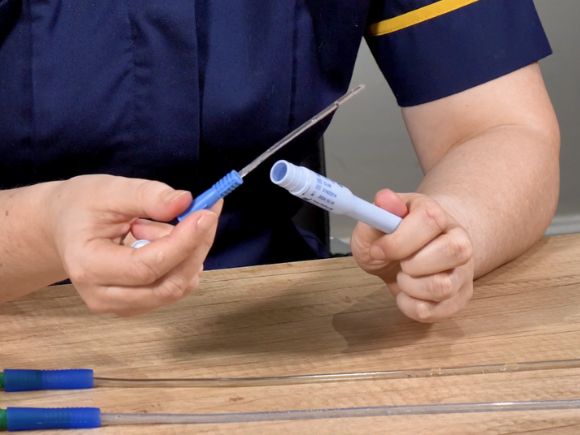Learn how to self-catheterise safely and comfortably with this step-by step guide. We will share what you will need to self-catheterise, tips to build confidence, products we offer and helpful resources for living with incontinence.
Self-catheterisation, also known as Intermittent Self-Catheterisation (ISC) may feel daunting at first. While you are becoming more comfortable with ISC, don’t rush or put pressure on yourself – take your time and you will see your confidence slowly build.
A common fear around ISC is whether it will be a painful process. At first, you may feel slight discomfort, and this is completely normal. The good news is that in time, ISC will become a pain-free, straightforward part of your daily routine.
Self-catheterisation tips
Here are some tips to help you build ISC confidence:
Find a private space – Finding accessible toilets away from home can be difficult. A radar key, Toilet Priority Card, and toilet finder apps can make outings less stressful.
Test out different positions – When it comes to finding a comfortable position, everybody is different. The two most commonly used positions are standing up or sitting on the toilet (or squatting over the toilet).
Wear clothing that is easy to remove – Consider how comfortable you’ll feel with the clothing you need to remove for self-catheterisation.

What you will need to self-catheterise
Your catheter (as prescribed)
If you need guidance on the available catheters, and sizing, you can view our guide to self-catheterising page.
Sanitation items
Soap and water to wash your hands (or hand sanitiser) and wipes to clean your genital area.
A mirror
This can be useful for women when locating the urethra.
Disposal bag
Used to dispose your catheter, packaging and any used sanitation items.
Preparing to self-catheterise
Complete the following steps before you start to self-catheterise:
Gather all of the supplies you will need (as listed above).
Clean your genital area with wipes, or a mild soap and water. Wash your hands to prevent contamination.
Read packaging instructions (preparing your catheter will differ depending on if you are using a gel or hydrophilic catheter).
Find a comfortable position. Either standing up, sitting on the toilet, or squatting over the toilet.
Make sure the catheter doesn’t touch anything before entering the urethra – use a new catheter if it has been contaminated.

How to self-catheterise
Guidance for men
- Find a comfortable position. Either standing up, sitting on the toilet, or squatting over the toilet.
- Gently pull back the foreskin and slowly insert the catheter 2–3cm at a time.
- You will feel resistance just before you reach the bladder, this is normal. At this point, lower the penis to a horizontal level and gently insert another 1–2cm. Don’t force the catheter as you can cause injury to your urethra.
- Once urine has stopped flowing, remove the catheter very slowly, in small steps. If the urine flow starts again, wait for the urine to stop before continuing. Make sure your bladder is completely empty to prevent infection.
- Once the catheter has been fully removed, dispose of your catheter and any used sanitation items in a general waste bin.
- Wash your hands again once you have completed all steps.
How to self-catheterise
Guidance for women
- Find a comfortable position. Either standing up, sitting on the toilet, or squatting over the toilet.
- Separate the labia to locate your urethra (you can also use a mirror to help). Slowly insert the catheter once located..
- After inserting the catheter approximately 3–5cm in, you will reach the bladder. When urine flows, push the catheter 1–2cm further in. Don’t force the catheter as you can cause injury to your urethra.
- Once urine has stopped flowing, remove the catheter very slowly, in small steps. If the urine flow starts again, wait for the urine to stop before continuing. Make sure your bladder is completely empty to prevent infection.
- Once the catheter has been fully removed, dispose of your catheter and any used sanitation items in a general waste bin.
- Wash your hands again once you have completed all steps.
Product videos
At CliniMed, we offer a hydrophilic intermittent catheter – Curan® Advantage and a gel intermittent catheter – Curan® Gel.
Watch our instruction videos below to see what they work. If you’re interested in trying any of these products, you can request a free sample.
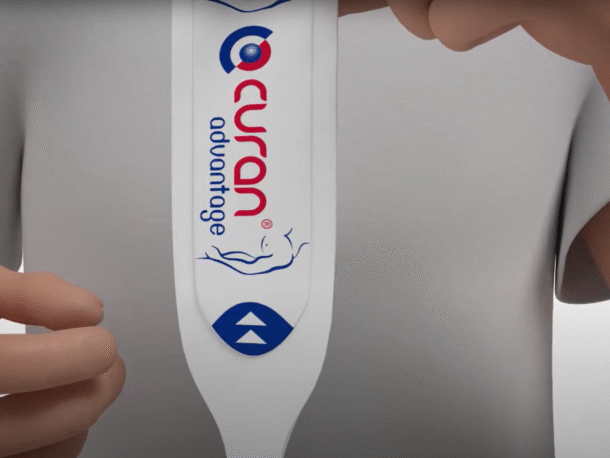
Curan® Advantage Male Hydrophilic Catheter
Learn how to use our Curan Hydrophilic Catheter for men, its design, features and after care.
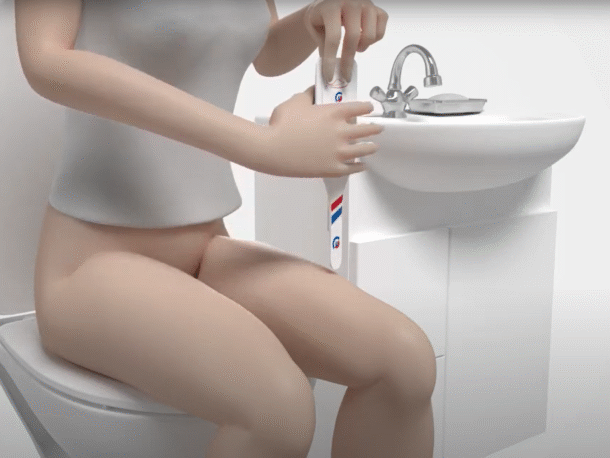
Curan® Advantage Female Hydrophilic Catheter
Learn how to use our Curan Hydrophilic Catheter for women, its design, features and after care.
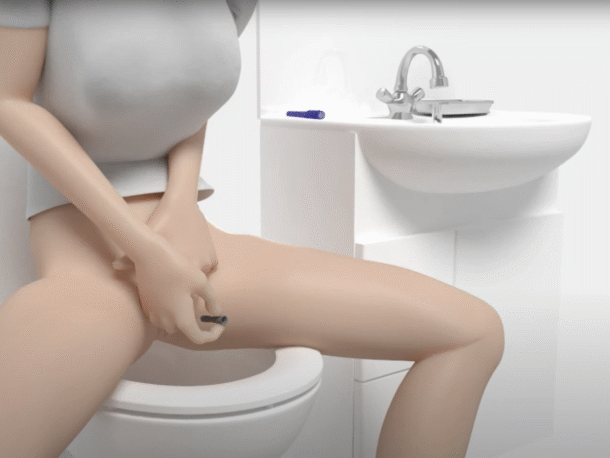
Curan® Female Gel Catheter
Learn how to use our Curan Gel Catheter for women, its design, features and after care.
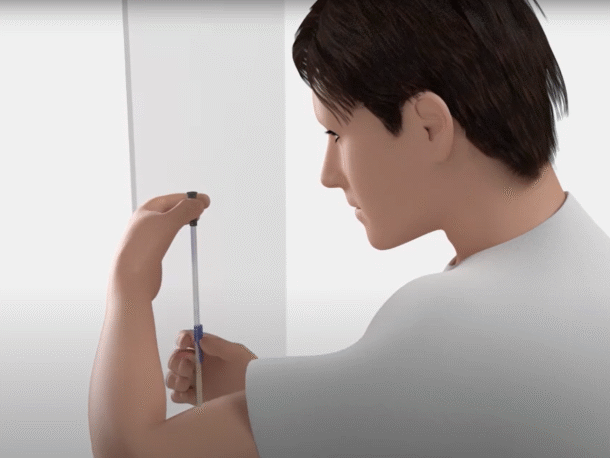
Curan® Male Gel Catheter
Learn how to use our Curan Gel Catheter for men, its design, features and after care.
Continence support and resources
Find lots of helpful tips for managing incontinence in our resource library.
